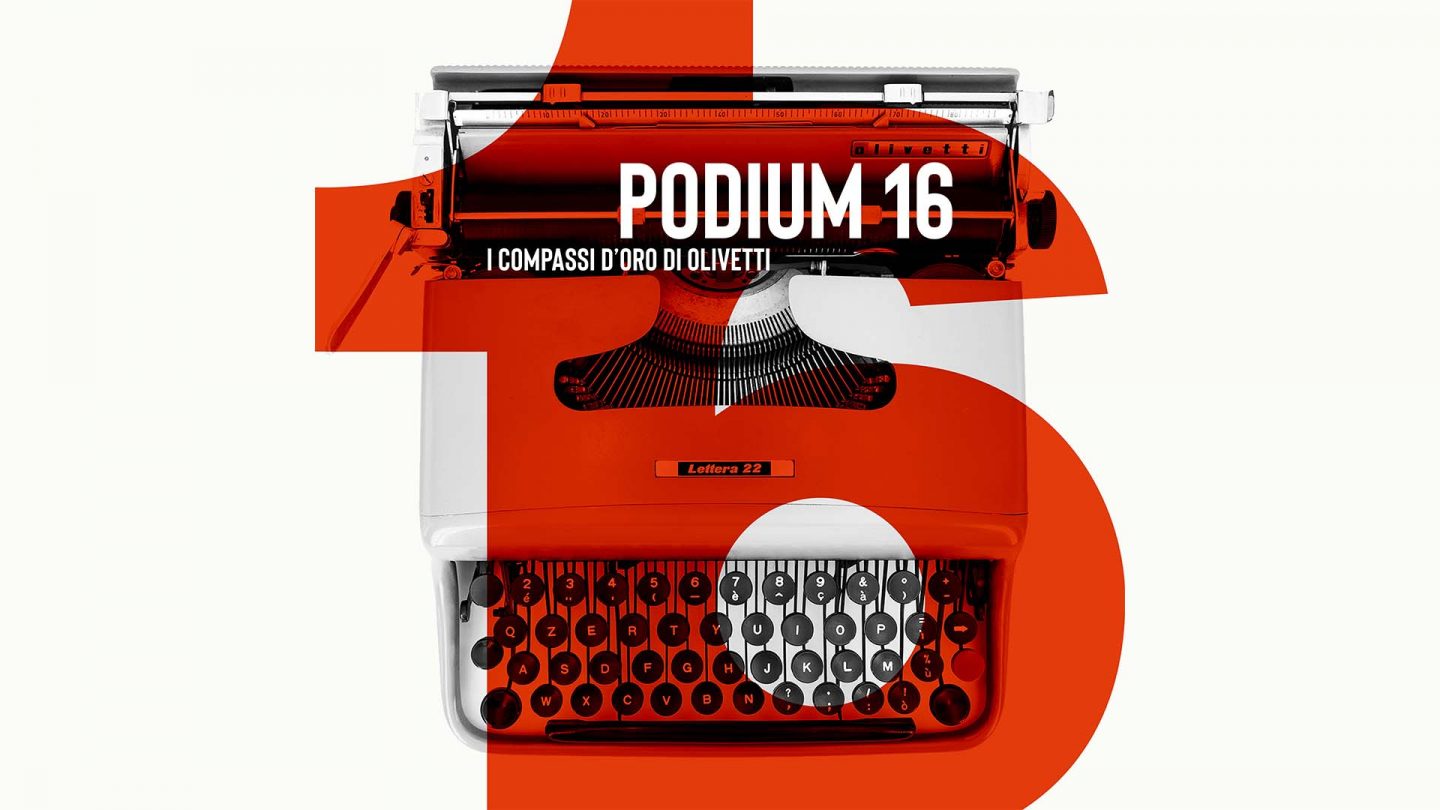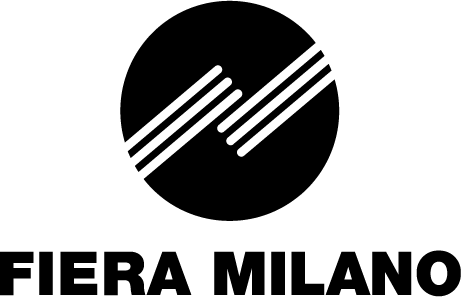Concept
“A tribute to Olivetti’s long now, a company whose experience is clearly and passionately reflected in the theme given to the next edition of the Compasso d’Oro: Sviluppo – Sostenibile – Responsabile (Development – Sustainable – Responsible)” – this is how ADI President Luciano Galimberti describes the new exhibition produced by the ADI Design Museum.
The world of Olivetti can be compared to a vast ocean in which the theme of image appears in all its possible forms and design is one of its most structured and continuous styles of expression; as a result the exhibition is mainly dedicated to this aspect rather than to the overall history of the industry.
Podium 16 is a tribute to the 16 Compassi d’Oro that were awarded to Olivetti products between 1954 and 2001 and which went hand in hand with the story of Italian design during the company’s period of greatest success. This long series of awards, spread over about fifty years, allows us to take stock of how machines in particular and Italian technical objects in general have always sought a relationship with our domestic universe. Along this journey, the intention and desire is that of interpreting Olivetti’s unique approach to placing design at the service of a corporate image not just in Italy but in the rest of the world. This was done according to a completely unconventional plan in which product design accepted parallel and even different forms of research between them and which since the 1960s has been considered to be “organic” while maintaining “external” collaborations with respect to the company’s organizational systems.
In its 400 square metres of space, the exhibition also aims to offer a contribution to the museographic theme in terms of how to exhibit a design object (and in particular machines that have outlived their working life) using unconventional ways and means in order to broaden its relational and imaginative horizon, and moving it away from the often limiting physical presentation using a pedestal. Technological civilization is so cynical that it tends to look inexorably ahead and does not concern itself with safeguarding the stages of development that have led to contemporary machines, leaving this theme to the dusty archives of certain collectors. Faced with the risk of seeing them mummified once and for all, together with the screenwriters Sara Chiappori and Renato Gabrielli we decided to find a theatrical expedient by which to restore movement to these machine-objects and to at least give them a voice through which to re-contextualise and outline the historical boundaries within which they were located. Re-personifying themselves through the status of actors, these machines come to life and speak, thereby proving that they played a central part in the second half of the twentieth century and taking up the thread of the unfinished conversation between Pirandello (who accused the machine of commodifying values) and D’Annunzio (who praised their productivity unconditionally).
Colophon
A cura di / Curated by
Manolo De Giorgi
Assistenti / Assistants
Marco Bonomelli Isabelle Rops
Progetto di allestimento / Exhibition set up design
Giovanni Maria Filindeu con / with Giampaolo Scifo, Salvatore Murgia
Progetto grafico mostra / Exhibition graphic design by
Silvia Tedesco
Racconti sonori / Sound stories Sceneggiatura / screenplay
Sara Chiappori, Renato Gabrielli
Regia / Direction
Giulia Sangiorgio
Interpreti / Cast
Riccardo Giacomella, Michele Magni, Michele Marullo, Jasmine Monti, Lorenzo Prevosti, Arianna Sain
Catalogo / Catalogue a cura di / edited by
Manolo De Giorgi
Testi di / Texts by
Manolo De Giorgi, Sara Chiappori, Renato Gabrielli, Chiara Alessi
Progetto grafico / Graphic design
Giuseppe Basile con / with Luca Ladiana
Traduzione / Translation Jon Cox








